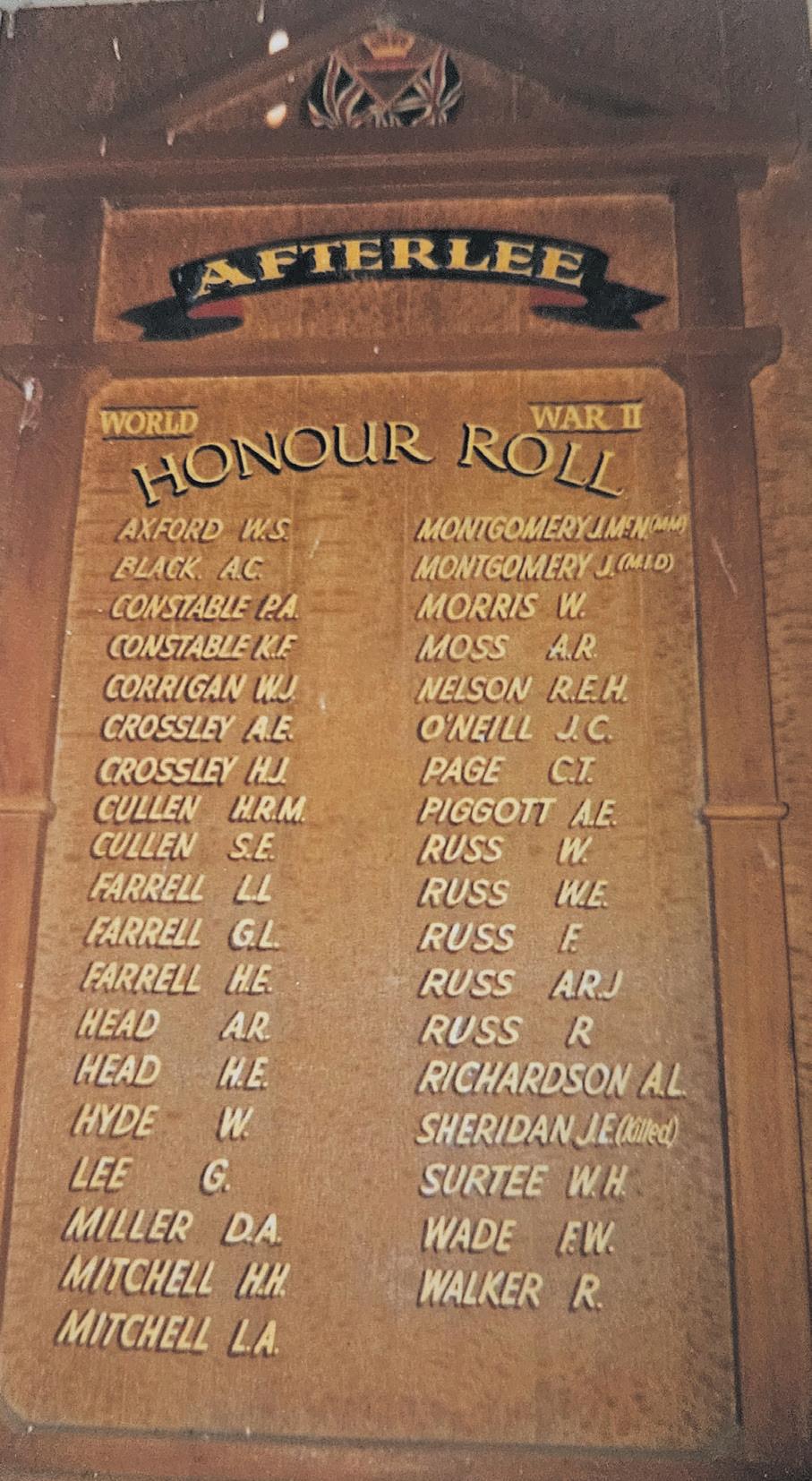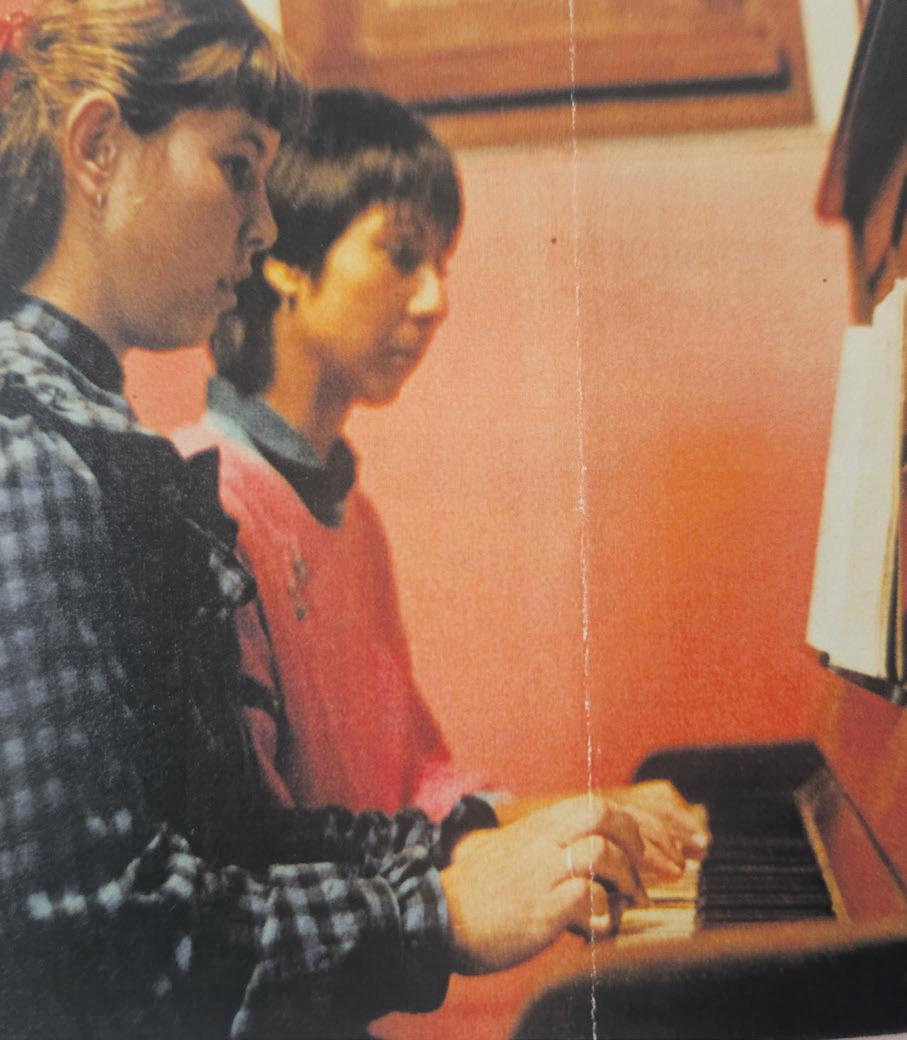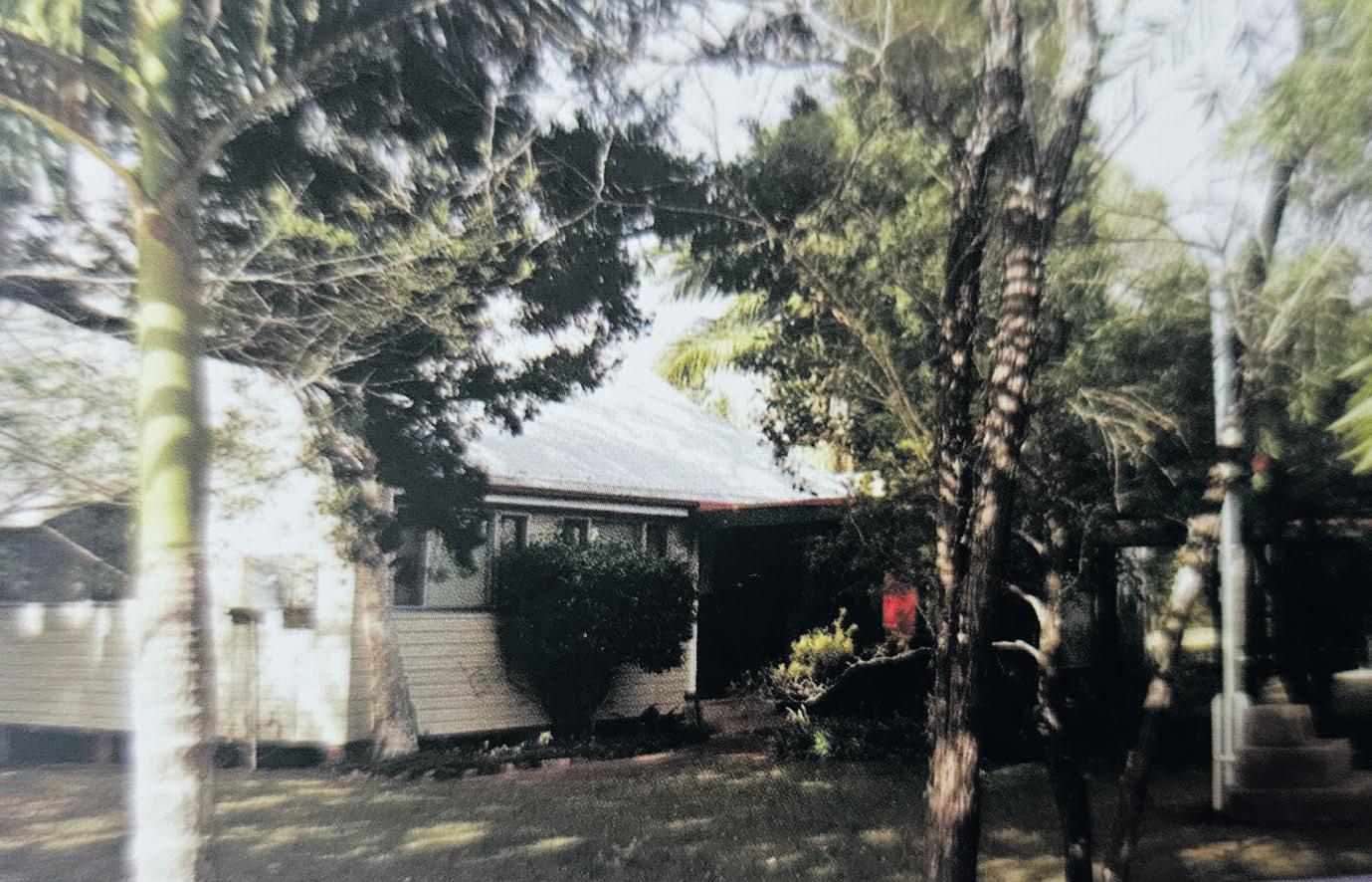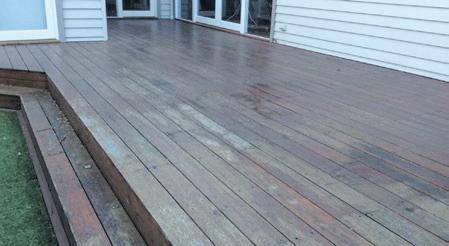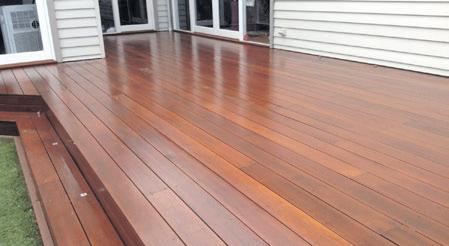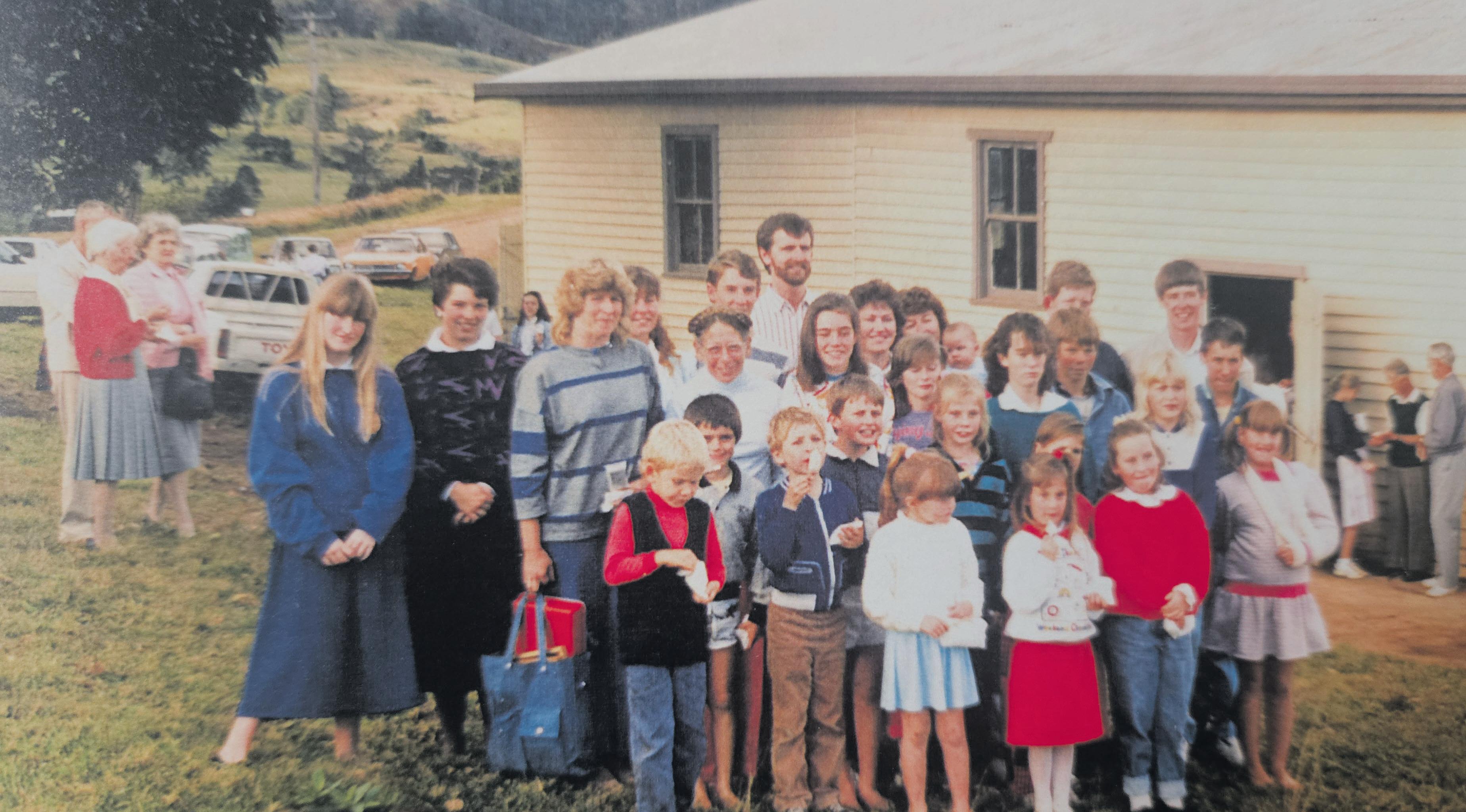
6 minute read
Rural Water Pricing Model Threatens Viability of Farmers
By Robert Heyward
The NSW bulk rural water pricing model is under intense scrutiny as it increasingly prices farmers out of business, with escalating WaterNSW costs disproportionately burdening agricultural producers under IPART’s fawed impactor-pays model.
In a report released today, the NSW Irrigators Council (NSWIC) calls for urgent intervention ahead of the IPART 2025-2030 pricing determination to prevent further fnancial strain on farmers.
“WaterNSW’s revenue demands are skyrocketing far beyond farmers’ capacity to pay,” warned NSWIC CEO, Claire Miller.
Although WaterNSW has not yet submitted its pricing proposal to IPART, a suggested year-on-year increase of over 15% plus CPI has already been presented to Customer Advisory Groups, causing signifcant concern among stakeholders.
“Farmers, particularly those running small family farms, are already contending with soaring input costs, including interest rates, fuel, insurance, machinery, wages, and energy,” said Ms. Miller. “The added burden of steep increases in water bills is unsustainable.”
IPART’s impactor-pays principle exacerbates these pressures by unfairly allocating a substantial portion of costs to rural water licence holders, despite the fact that this water benefts a broad spectrum of stakeholders.
“WaterNSW customers are bearing 80-100% of operating and capital costs, as well as 80100% of 20 out of 35 Water Administration Ministerial Corporation (WAMC) activities,” Ms. Miller noted.
“However, NSW’s water management serves multiple purposes, including environmental health, community well-being, and increasingly, the social, economic, cultural, and spiritual well-being of First Nations communities.”
Ms. Miller stressed that the pricing model requires a fundamental overhaul to ensure costs are more equitably distributed among all benefciaries, including the broader NSW population and government entities.
“We acknowledge that WaterNSW is striving to contain costs and cap price increases at 15% plus CPI annually, but this is still beyond what farmers can afford,” she added.
“The reality is, the NSW bulk rural water pricing model is broken. An immediate, transparent, and comprehensive review of the current pricing framework is critical to prevent farmers from being priced out of business.”
NSWIC also expressed concerns about the new customer engagement models, which they argue have diminished the infuence of paying customers by overly focusing on consulting indirect stakeholders who lack technical understanding of river operations and water pricing.
Additionally, there is growing dissatisfaction with WaterNSW’s customer service, with centralised services, reduced contact hours in regional branches, and inadequate communication leading to a perceived decline in service quality.
“The rural bulk water pricing model must be restructured so that rural water customers only pay for costs directly related to water delivery,” Ms. Miller emphasized.
“Infrastructure, river operations, and services required for public interest purposes should be funded through consolidated revenue or another mechanism that spreads costs across the NSW community.”
Ms. Miller concluded by urging IPART to revise its defnition of an “impactor” and to reassess the cost-sharing balance between rural water customers and the NSW Government for public good activities.
“WaterNSW’s government dividends should be suspended during the 2025-2030 period in recognition of the fnancial pressures, and the Government should relieve WaterNSW of land tax and cover interest on long-standing legacy debts associated with dam and infrastructure construction.”
By Helen Trustum
The residents of Cob-ofCorn district met at the Cob-of-Corn School on September 25th 1923 to discuss plans for building a hall. A plan that was presented by Mr Bill Graham was accepted. President = George Russ, Secretary =- Bill Dfugrad, Treasurer = John Clarke. Working Committee =– Mesdames J. Perkins, Selina Russ, Susan Crosley and Miss Florence Perkins.
Dances were held in the Perkins Home to raise money for their new hall, also picnic races, swimming carnivals in the creek, wood chopping and concerts. John Clarke kindly donated half an acre of his land to build the hall. The size of the hall was 36 feet x 28 feet.
The frst trustees were John Clarke, Harold Cullen, and Jim O’Reilly. Bill Perkins was the caretaker. Jim Johnson, Bill Graham and B. Maloney were asked to cut the timber at the local sawmill managed by Bill Graham. They also dressed the teak foor. A sports day was held on November 15th 1924. Events included bridle races, throwing at the wicket, stepping a 100 yards, guess how many peas in the bottle, foot racing, woodchop and tree-legged races.
The hall was offcially opened on August 6th 1925 and called Cob-ofCorn Hall. A big sports day was held throughout the day with a dance held in the hall at night.
A total of twenty fve pound two shilling’s and threepence was raised. The frst function after the opening was a kitchen tea for George Clarke and Florence Perkins. In 1928 a farewell to the Perkins Family was held.
Variety shows were very popular during the 20’s and 30’s. There have been two weddings held in the hall, George and Eva Russ nee Crossley on February 21st 1933 and Michael and Lorene Morrison – nee Clarke on January 28th 1989. Music for dances was free of charge and provided by local residents. Andy miller, Deb Hayes, Johnny Harley who played the violin, George and John Clark Jnr, Marjorie Miller played the piano. Casey Miller played the accordion. Andy Miller who moved to Cobof-Corn in 1914 was a good violin player. He played at many functions throughout the district, carrying his violin in a four bag while he travelled on horseback.
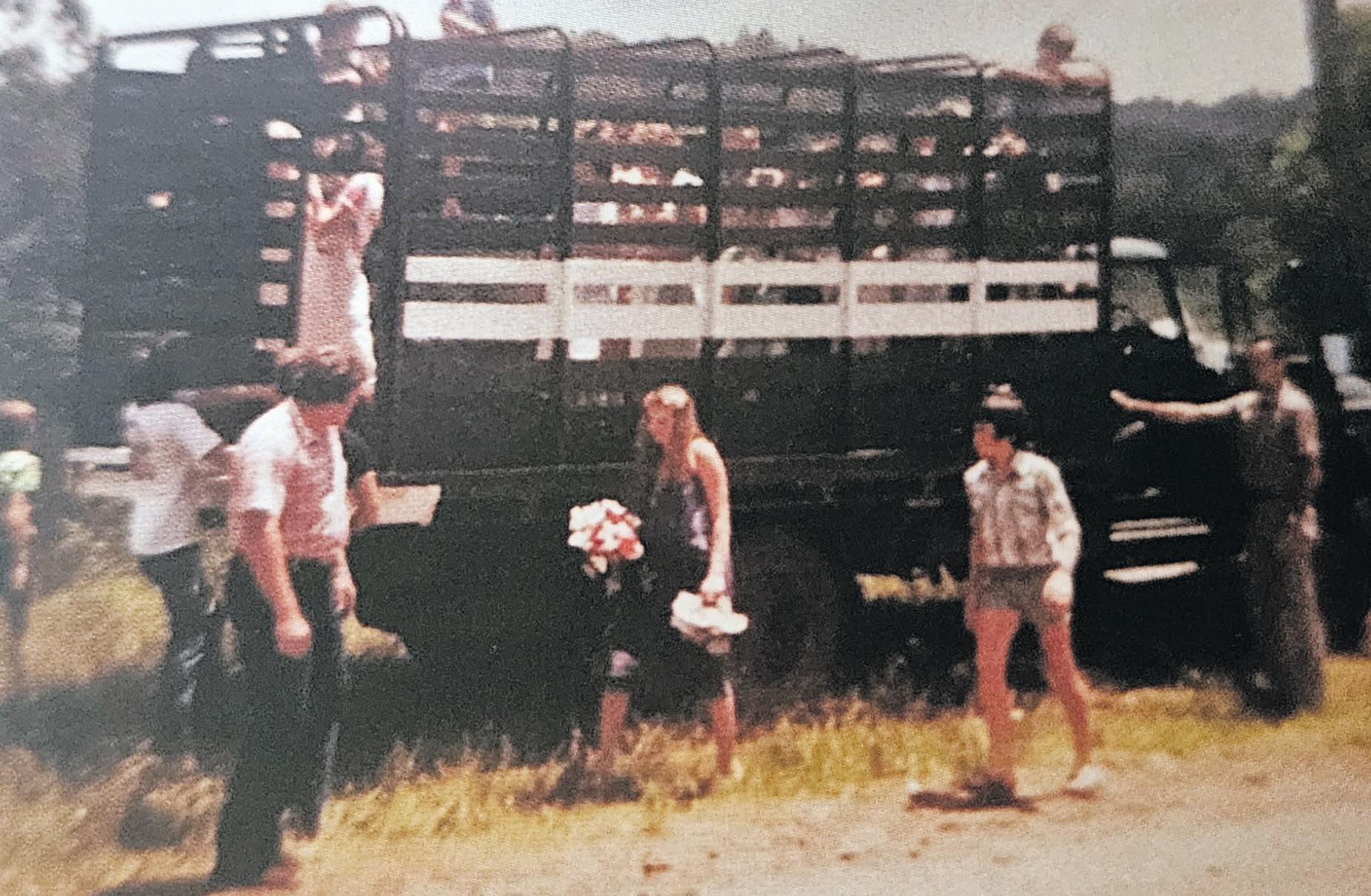
The local men who enlisted for service in World War 11 were both farewelled and welcomed home at the hall. The Honour Roll was unveiled by Sir Earle Page on November 5th 1949. The hall was used by the ladies of the district to make items to send to the soldiers on the War front.
At frst the hall was called Cob-of-corn and changed to AfterleeToonumbah in 1932-33 along with the school and post offce. The
Cob-of-Corn Creek is all that is left retaining the name.
In 1960 funds were raised for the hall improvements by the running of a concert by some members of the hall committee. It was so successful at Afterlee, the participants decided to take the concert to Kyogle, Ghinni Ghi, Wiangaree and Bottle Creek. The programme consisted of a number of small skits, piano duet, solos and few jokes in between items to allow for changes on stage. All materials for the renovations were donated. The timber that was donated by Vera
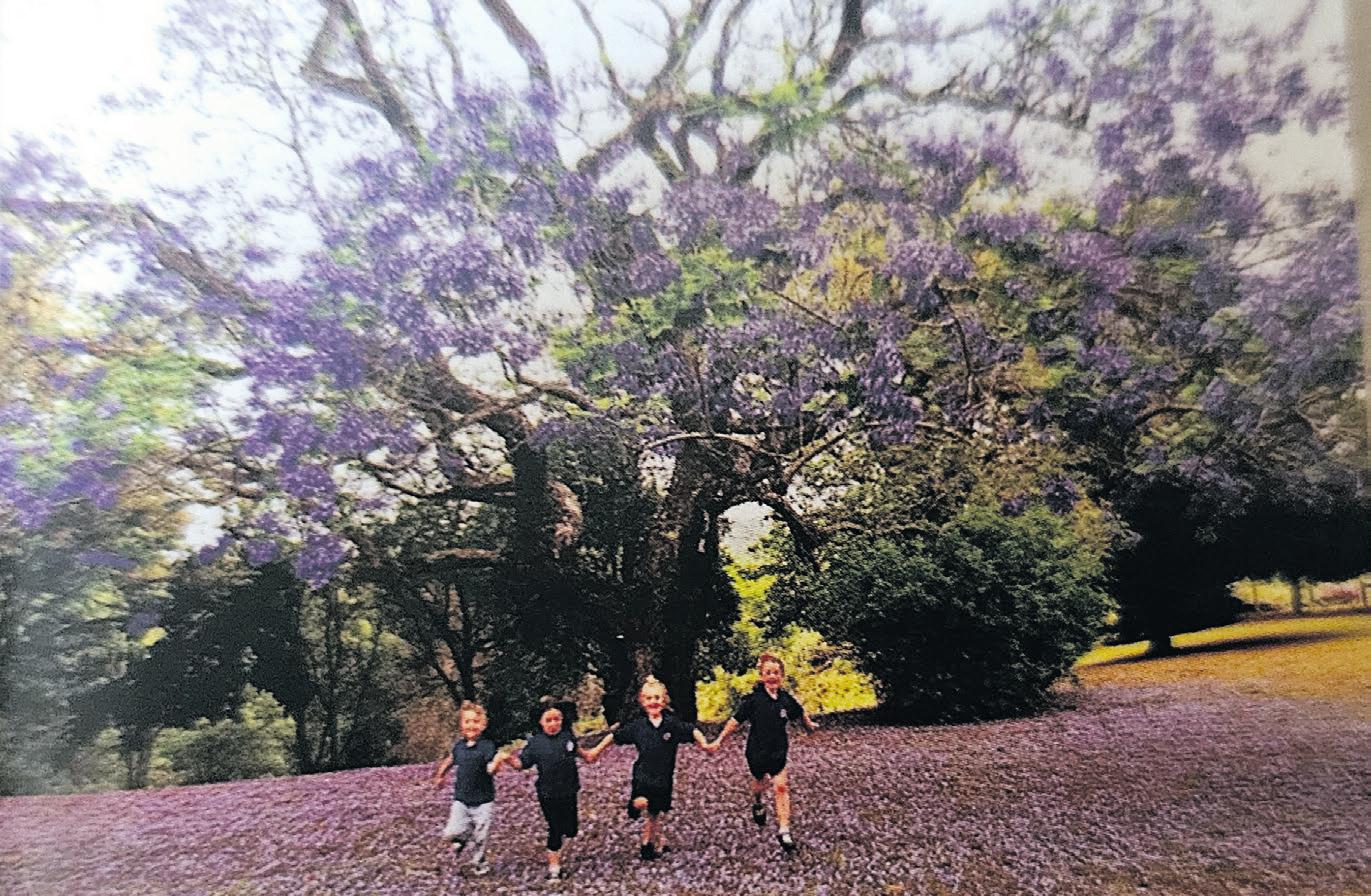
By Helen Trustum

McNamara was felled by the Piggott Boys and hauled to Chaselings Mill at Toonumbah.
Bob Cullen and Jim O’Neil also donated timber which was felled by Bob O’Neil and Ernie Crossley. After cutting it was hauled to Afterlee by Ellis King. The Hon. Mr Ian Robinson MLA offcially opened the new extensions at a dance where a large crowd attended. After the opening Mrs Lil O’Neill from Kyogle and Mrs Susan Crossley (eldest lady living at Afterlee at the time) switched on the lights from the electricity that had just been connected.
Each year the hall is used for the annual Christmas tree and concert from the Afterlee school children.
Church Services are held twice a month where Mrs Dulcie O’Neill has rarely missed attending and playing for the hymn singing. On occasions Mrs Beryl Cullen has flled in. Another wonderful service was given by the Hamilton Family from Tatham. Roy, Florence, Kelvin and Brian would travel up to Afterlee from Tatham and provide Sunday School for the children. This generosity went on for many years. An annual Sunday School sports day was always held yearly at the hall.
At the time of writing and researching in 1997 the hall was still functioning with a new generation of members.
Committee = 2018 – President – Wendy Carter; Secretary – Kim Gibson; Treasurer –Paulene Haydock. A word now from the President - Wendy Carter, nee O’Neill = The AfterleeToonumbah Hall
Committee and community members met at the Afterlee School on 2nd September 2018 to resolve the fate of the hall. A sad outcome= Decisions made were:-
1. To sell the hall to the new land owner
2. The Honour Roll to be rehoused in the Kyogle Memorial Hall
3. To auction the remaining items in September
4. A tree to be planted as a Memorial
5. All monies to be distributed equally between the Kyogle Memorial Hospital Auxiliary and the Eden Creek Hall Committee.
Memories from Iris O’Neill –“Meetings began in 1923 when Mr John Clarke donated land which a hall could be built. Fund raising began by holding horse sports days, with dances in the Perkins Home, where the lino would be rolled back.
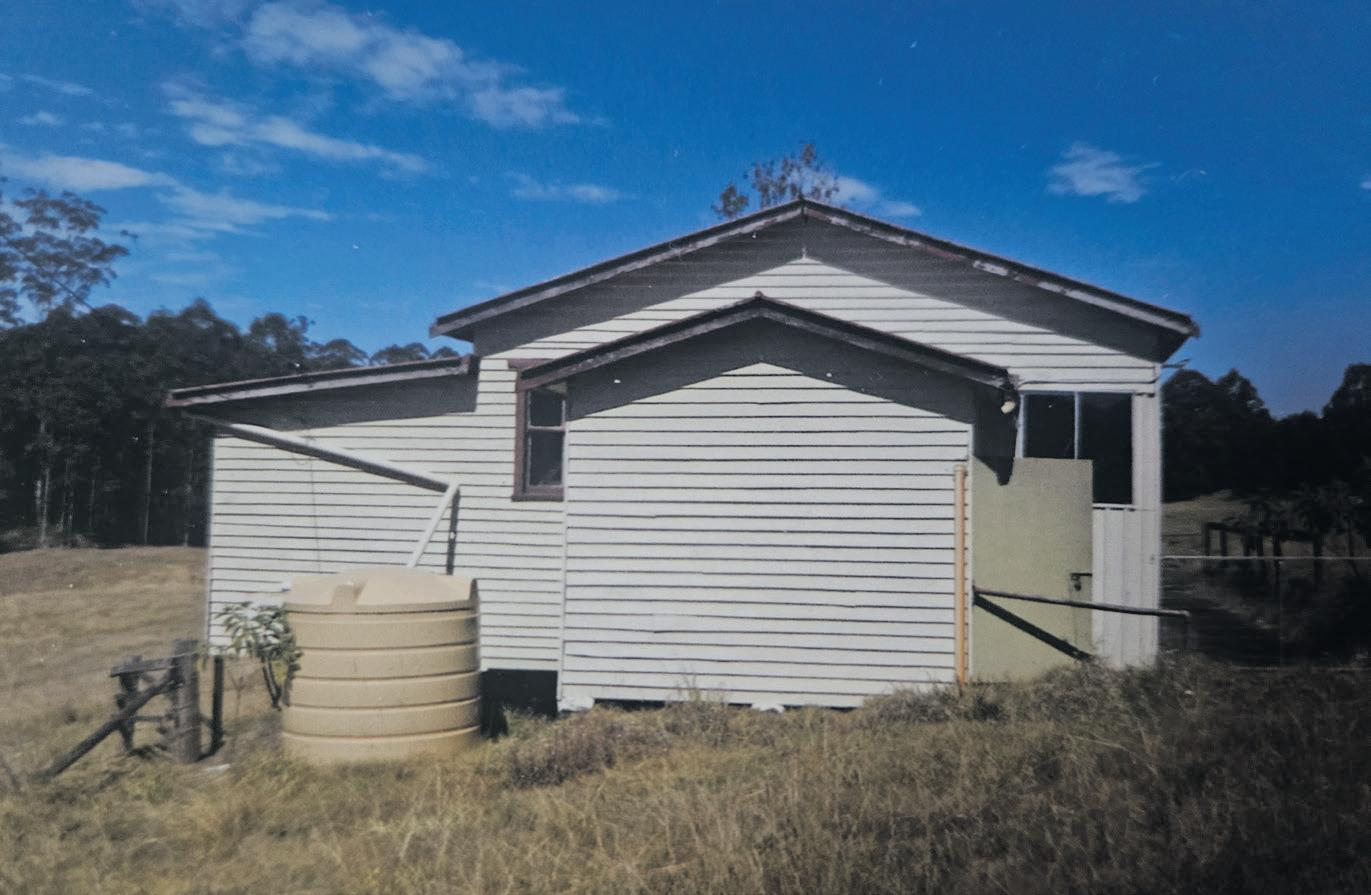
In the past the Cob-OCorn branch of the CWA met regularly and raised money for the Red Cross, Kyogle Hospital and the CWA.
Dances, kitchen teas, church services, Sunday school, concerts and even two weddings were held in the hall. Election time a polling booth would be held.
Since the opening of the hall in 1925 the hall has always been maintained by volunteers in the community”.
This would have to be a sad time for the residents of Afterlee to see the fate of their loved hall.
Remembering that time in 1923 when their forbears met to discuss plans to build a hall. The Hall Committee can look back with pride for what they achieved.
